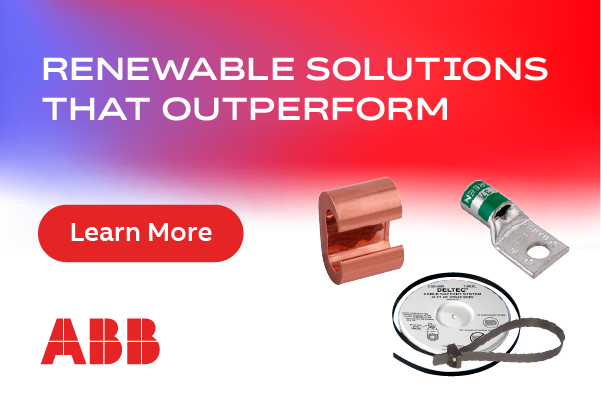Solar Data Loggers
Verifying performance & securing rebates
Lowering energy bills with a green energy grant
Across the country, businesses and schools are qualifying for new federal and state solar energy rebates, grants, and tax credits in order to lower energy costs. To qualify for these breaks, most financiers require grant recipients to collect their own energy performance data and periodically present benefit assessment data as a proof of results. With this end in mind, solar data loggers are an ideal way to record a solar system’s wattage capacity to allow a comparison to the installer’s quoted output. Using a data logger, energy data is available to verify if solar power systems are performing as projected and to confirm installers’ rates are accurate. With a data logger, it is possible to perform an energy audit to help a facility qualify for one of these rebate programs or to find savings areas on an existing PV (photovoltaic) installation. These systems ultimately become an economical solution by allowing businesses to upgrade to solar energy systems, thus increasing energy efficiency, and saving on power costs.
Solar data loggers record solar irradiation up to a certain value measured in W/m2 (watts per square meter), and many models also record the voltage and current produced by the solar panel. This accurately assesses the performance of a solar energy installation. Energy upgrades such as solar water heaters can pay for themselves over a few years. Here, data loggers are affordable solutions to maintain funding by proving energy savings to government and service providers.
Record solar irradiance & DC voltage/current produced
Many data logger models record the solar irradiation of PV systems and the current/voltage produced by the solar panel. For example, a particular recorder might monitor using one or two DC voltage channels from 1V to 40Vdc, allowing users to view PV cell output and the voltage and current curves during the day.
Data loggers sample every channel a certain number of times per cycle (a cycle being 16ms at 60Hz and 20ms at 50Hz). Some data loggers will save and store the average voltage (VAvg/TRMS average) and current, if applied, for each channel over the period chosen. These loggers can also record the highest (VMax) and lowest (VMin) cycle values on each of their input channels during the averaging period. To zero in on data, voltage levels are stored with date and time stamps. Viewing these ‘peaks and valleys’ will provide the information needed to justify the system and give proof to financiers.
These readings can be stored on internal memory, and a non-volatile memory will enable retrieving the data even when the logger isn’t powered. Depending on the length of time needed to record, a unit with a large memory may be necessary. With a back-up battery, a data logger can be left to record unattended. This is ideal for equipment monitoring applications such as PV installations. Additionally, an external power supply unit (PSU) input can allow for prolonged logging without batteries. To quickly retrieve the data, USB ports are a standard feature which quickly allow users to upload all recorded data to a PC for later analysis using the logger software.
What’s needed to get started?
There are a variety of data loggers on the market and numerous accessories as well. A basic set-up to monitor solar panel efficiency through logging solar irradiance, system current, and voltage should include:
- a pyranometer to measure solar irradiance;
- voltage input leads;
- a DC current probe; and
- data logger software to view, analyze, and print out the data.
Some loggers come with all the necessary equipment included; others, may have an additional cost.
Software shows the whole picture
By using data logger analysis software, energy data graphs can be generated as proof, revealing if the promised savings are really there. This is especially important when federal or state monies and regulations are involved. For example, contracted service technicians or school board members can use printouts to prove energy efficiency and HVAC savings.
Most software applications are fairly straightforward and intuitive. Typically, users can view recorded voltage levels, time-stamped data in tabular and graphical form, export data to a spreadsheet, or print out reports. For larger installations, some logger software also features an internal database managing the distribution of multiple units.
Benefits summary
Green energy rebate programs are a great way to upgrade to more efficient systems and cut energy costs. A solar data logger records energy data and is an affordable way to help qualify for these rebates by providing proof that the savings are actually achieved.
Stew Thompson is the marketing specialist at CAS Data Loggers, Inc.
CAS Data Loggers | www.dataloggerinc.com
Author: Stew Thompson
Volume: May/June 2015











.png?r=9077)
